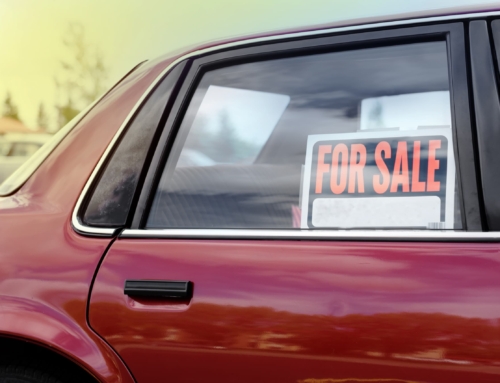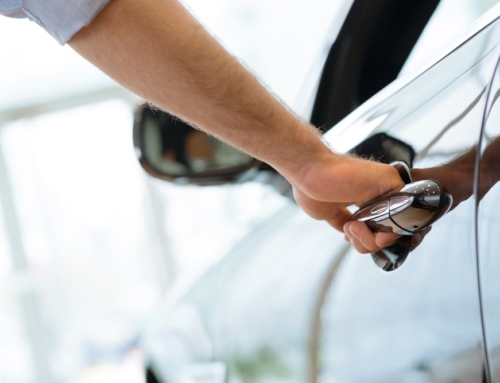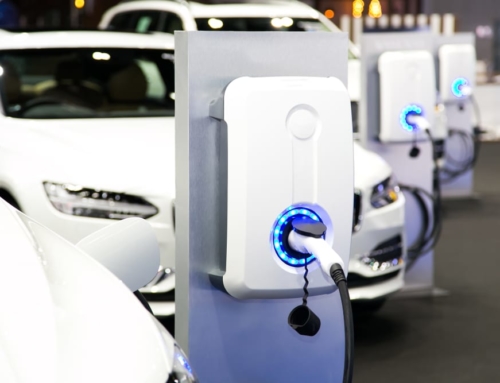When you’re car shopping and comparing price tags, buying a used car might initially seem like the best choice. If you buy used instead of new, you’ll be saving money. In addition, by buying used you might be able to afford a nicer model because even cars that are just a year old are usually 20 percent to 30 percent cheaper than those that are brand new.
But hidden costs in the way of maintenance and repairs could offset the competitive price and low monthly payments you are offered on an older, used vehicle—especially if you plan on keeping the car for the long haul.
Maintenance needs can increase over time
No matter what kind of car you drive or how well built it is, certain parts will have to be taken care of throughout the car’s life. According to Consumer Reports, on average, maintenance and repair costs account for 4 percent of total ownership costs over five years.
How much money you dish out for car maintenance, however, will largely depend on the age of your car. In general, a new car is likely to have fewer maintenance issues than an older car, which may have suffered an accident, been mistreated by a previous owner, or simply experienced normal wear and tear.
With a used car, you could encounter immediate or frequent maintenance issues related to your tires, brakes, shocks, clutch, wipers, spark plugs, or fluids.
“These items will all be new on a new car, meaning there will be no concerns over their condition,” says Karl Brauer, senior analyst at Kelley Blue Book.
Also, a used car may no longer be under its factory warranty, or the warranty could be speeding toward its expiration date.
Before deciding whether a new or used car is right for you, consider the following maintenance needs and costs:
1. Tires. When buying a car—especially a used one—you should be aware of the condition and type of the tires, Brauer says. If your car comes with high-quality tires and you treat them with care, they could last up to 80,000 miles. All tires will eventually need replacement, though, and if your used car rides on used tires, that replacement could be in your not-so-distant future.
Many factors will affect how much you pay for new tires, including their brand, quality, and size. Tires that are taller and wider typically cost more. A standard all-weather tire for a sedan or SUV could cost between $100 and $400. If you need a mechanic to install those new tires, your overall cost could rise to anywhere from $600 to $1,000.
2. Brakes. Brakes should last 15,000 to 25,000 miles, but that number can vary widely based on driving conditions, Brauer says. The price tag on replacement brakes can also vary widely, depending on the make and model of the car, the vendor from which you purchase the new parts, and whether the brakes and rotors need replacing or just the brake pads.
Calipers and discs—parts of the brake—may also need replacing, but this generally is needed less often than replacement of the brake pads.
3. Engine. According to Brauer, the engine in a new car will likely be under warranty and, in a used car, should last at least 150,000 miles before needing any major work. If your engine needs replacing, it will likely be the most expensive repair you face—many new engines cost more than $1,000, and some cost more than $9,000.
If a mechanic tells you that your engine needs replacing, make sure to get a second opinion from another reputable mechanic. If your engine already has 150,000 miles on it, it’s likely that other car parts will need replacing too, including your power steering, air conditioner, radiator, and transmission.
4. Timing belts and timing chains. These engine parts may need to be replaced between 75,000 and 100,000 miles, according to Brauer, and their replacement can be expensive. A timing belt replacement can cost more than $200, while hiring a mechanic to replace a timing chain generally costs between $300 and $1,000.
5. Clutch. An automatic car’s transmission should last as long as the engine with no problems. But if you are buying a used car with a manual transmission, Brauer suggests having the clutch checked out by a mechanic before purchasing the car because clutches are expensive to replace and can wear out quickly if not used correctly. Having a clutch replaced can cost anywhere from $400 to $3,000.
6. Fluids. Don’t forget the costs associated with changing your car’s fluids. Fluids in a used car—including the oil, engine coolant, transmission fluid, and even windshield washer fluid—could be in any kind of condition. For cars built within the last five years, coolants and transmission fluids will generally last more than 100,000 miles. “It’s likely those will be fine unless the car has been driven past that number,” Brauer says. Engine oil should be changed regularly no matter how old the car is.
If you are trying to calculate the long-term costs of owning a car, including costs related to maintenance and repairs, check out online cost estimators, such as those offered by Kelley Blue Book and RepairPal. Don’t forget to factor in other costs associated with car ownership, such as those related to insurance and gasoline, as well.
Joslin Woods is a researcher, writer, and Web producer at Think Glink Publishing, with a background in print and digital media. Previously, Joslin worked as a news reporter for the international news agency Agence France-Presse and as a freelance reporter for the Sun-Times News Group. She is a graduate of Vanderbilt University and Northwestern University, where she received a master’s degree in journalism.





